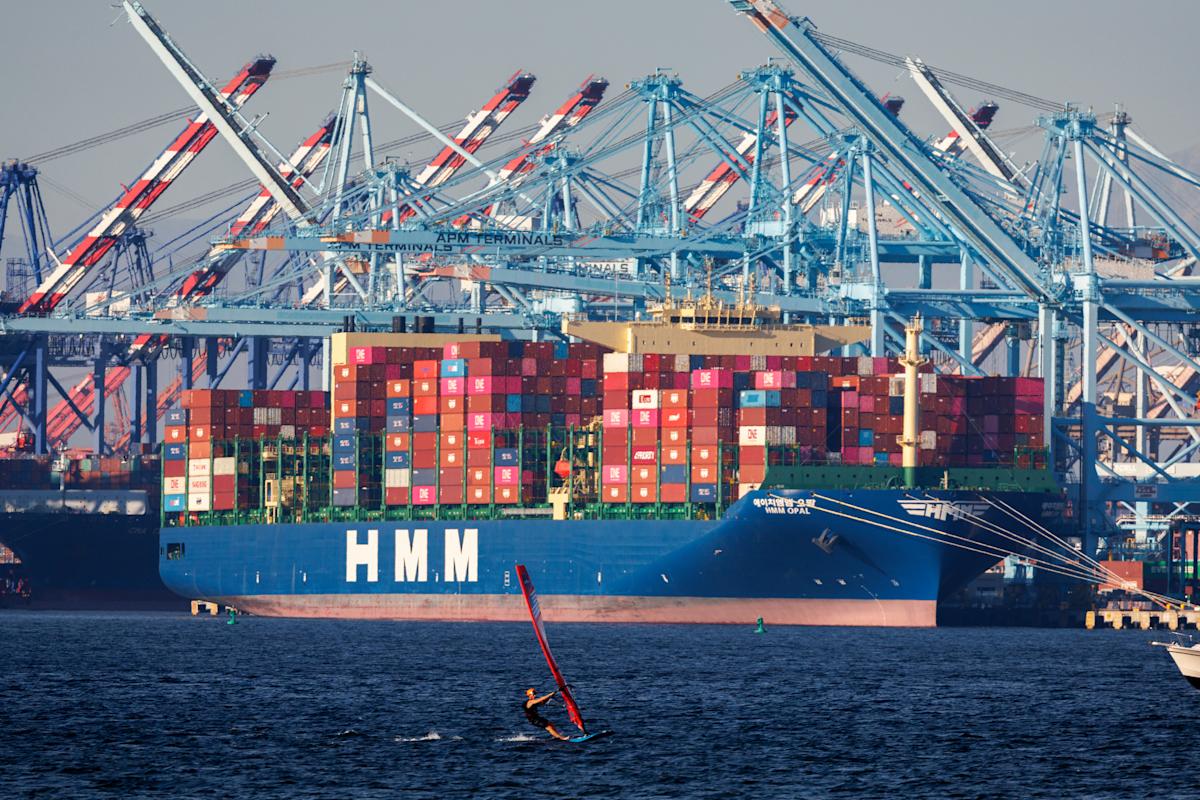President Trump’s tariffs are starting to show up in economic data for the first time in a significant way. Wholesale inflation surged in July, rising by its fastest pace in around three years and stunning market observers.
So far, inflation data has shown little impact since Trump began rolling out sweeping duties in the spring. But as the tariffs become more engrained in the US economy, economists expect more data points to align with this week’s Producer Price Index report — perhaps most notably in next month’s Consumer Price Index.
Meanwhile, stock markets haven’t yet been phased. US and Japanese stock indexes hit all-time highs this week as the world adapts. New data this week also showed that tariffs have brought in billions in revenue, though economists say a portion of that is already coming in the form of price increases on consumers.
On the negotiations front, Trump signed an executive order extending the tariff truce between the US and China for another 90 days, pushing trade negotiations out to November. Average US tariff rates on Chinese goods are currently around 55%, according to Bloomberg.
Earlier this month, Trump unveiled “reciprocal” tariffs on dozens of US trade partners (which you can see in the graphic below).
The next negotiations to watch are Canada, Mexico, and China in the coming months. Meanwhile, Trump has also promised to begin instituting more sectoral tariffs. He is targeting imports on semiconductors and pharmaceuticals in the near future.
The tariffs are also facing legal limbo. Multiple challenges to Trump’s tariffs are pending in US federal courts. The one garnering the most attention is a case heard by an appeals court in July. The Court could nullify or uphold the duties at any time.
Read more: What Trump’s tariffs mean for the economy and your wallet
Here are the latest updates as the policy reverberates around the world.
LIVE 1680 updates
